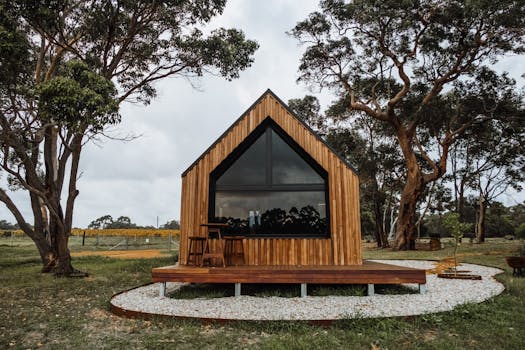
What is Minimalist Living?

Minimalist living centers around the idea of living with less, both in terms of possessions and distractions. It’s a conscious choice to prioritize quality over quantity, allowing individuals to declutter their spaces and minds, fostering both clarity and serenity. The main goal of minimalism is not deprivation, but liberation: freeing yourself from the burden of physical items and mental clutter can lead to a more fruitful and meaningful life.
The Benefits of Adopting a Minimalist Lifestyle

People who embrace minimalism often cite emotional, psychological, organizational, and financial benefits. Emotionally, less clutter equates to less stress; a clean, organized environment invokes calmness. Psychologically, the practice encourages people to reflect on what’s truly important to them, finding joy in life’s simple pleasures rather than material possessions.
On an organizational level, embracing simplicity can enhance productivity and efficiency by removing distractions and focusing efforts on meaningful tasks. Financially, minimalism encourages mindful spending; when you value experiences over things, you may find yourself struggling less with debts and founding savings instead. Such financial clarity also gives way to freedom, ultimately allowing for the pursuit of personal passions.
Practical Tips for Minimalist Living

To start your minimalist journey, consider these practical tips:
- Assess Your Belongings: Begin by evaluating your possessions. Keep only items that serve a purpose or bring you joy. Ask yourself: Do I love this? Do I need this? Addressing these questions can help in decision-making.
- Adopt the One In, One Out Rule: Whenever you purchase something new, commit to donating or discarding another item. This simple practice can keep clutter at bay and instill mindful consumption habits.
- Schedule Regular Decluttering Sessions: Make it a priority to dedicate time weekly or monthly for reassessing items in your home. Keeping this routine helps develop your minimalist mindset and encourages continuous decluttering.
- Digital Minimalism: Apply minimalist principles to your digital life as well. Clean up your digital devices, unsubscribe from unnecessary emails, and reduce your screen time. Implementing a more organized and less distracting virtual environment contributes significantly to mental clarity.
Creating a Minimalist Home Environment

Transforming your living space is vital in your minimalist journey. Strive for an accessible, spacious atmosphere that fosters tranquility.
Utilize multifunctional furniture, keep surfaces as free as possible, and decorate with intention. The less being visually present, the more calm elements arise. Incorporating houseplants or natural lighting can also promote a peaceful vibe. Remember that a minimalist home environment does not mean dull or cold. Use textures, colors, and personal touches but within the realm of restraint to enhance warmth without overwhelming sensation.
Minimalist Mindset Beyond Home Possessions

Minimalist living extends beyond physical items; it encourages a lifestyle focused on quality of life. This means less hectic schedules charged by unnecessary appointments and commitments. Consider how you invest your time and choose engagements that align with your core values.
Declutter your mind and heart by letting go of toxic relationships, overwhelming work habits, or stress-inducing obligations that do not lead to personal growth or happiness. Engagement in mindfulness practices, like meditation or yoga, can aid in achieving mental decluttering, nurturing peace in day-to-day living. Remember, the ultimate freedom in minimalist living is not about owning few things, but rather, having the mental space to dwell on what amplifies joy.






